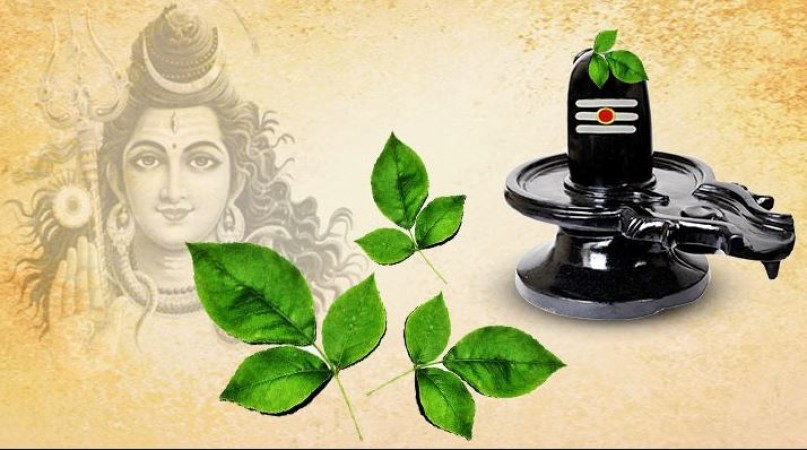
In the heart of Hindu spiritual practices, the veneration of Lord Shiva, the Supreme Deity, holds immense significance. As devotees seek divine blessings and a deeper connection with the divine, they often turn to the ancient ritual of offering belpatra (bilva or bilwa leaves) with three leaves to Lord Shiva. This sacred tradition, rooted in mythology and spiritual beliefs, carries profound meaning in Hindu worship. In this article, we embark on an exploration of the spiritual significance and age-old customs behind the offering of belpatra to Mahadev.
The Symbolism of Belpatra:
Belpatra, the leaves of the bilva tree, is considered highly auspicious in Hindu culture. Each of the three leaves is believed to represent one of the holy trinity - Lord Brahma, Lord Vishnu, and Lord Shiva. By offering belpatra with three leaves to Lord Shiva, devotees symbolize the harmonious union and divine trinity, underscoring the cyclical nature of creation, preservation, and dissolution.
The Three Eyes of Lord Shiva:
Lord Shiva is often depicted with a third eye on his forehead, symbolizing his ability to perceive beyond ordinary vision. The offering of three belpatra leaves signifies the representation of these three eyes, signifying the omnipresence, omniscience, and omnipotence of the divine. Devotees believe that this sacred act grants them spiritual insight and fosters a deeper connection with Lord Shiva.
The Cooling Effect:
Mount Kailash, where Lord Shiva is believed to reside, is surrounded by dense forests. Belpatra leaves are known for their cooling properties and the release of oxygen, even during the night. When devotees offer these leaves during worship, it is believed to have a cooling effect on Lord Shiva, soothing his fiery temperament and symbolizing devotion and humility.
The Purification Ritual:
Beyond their symbolic representations, belpatra leaves hold purifying properties, both spiritually and physically. By offering belpatra to Lord Shiva, devotees seek to cleanse themselves of negative energies and past misdeeds. The act is believed to pave the way for spiritual growth, transformation, and the attainment of divine blessings.
The Method of Offering:
During traditional Shiva puja (worship), devotees bathe the Shiva Linga (an abstract representation of Lord Shiva) with water, milk, and honey. A ceremonial pouring of water follows, and the final step involves offering the belpatra leaves while chanting sacred mantras and hymns. The leaves are carefully placed on the Shiva Linga, symbolizing the devotee's devotion and surrender to Lord Shiva.
The tradition of offering belpatra with three leaves to Lord Shiva is an age-old practice deeply ingrained in Hindu culture. With profound spiritual significance, this sacred ritual represents the harmonious trinity of deities and fosters a spiritual connection with Mahadev. As devotees continue to embrace this sacred custom, the offering of belpatra remains a timeless symbol of reverence and devotion to Lord Shiva, the epitome of cosmic harmony and divine grace.
These are the five famous caves of Lord Shiva, that you should visit in Sawan
The Exploration of Morality in "Crime and Punishment" by Fyodor Dostoevsky